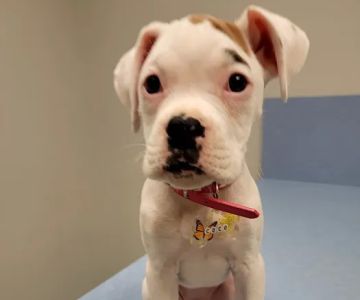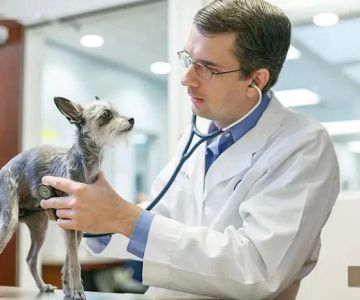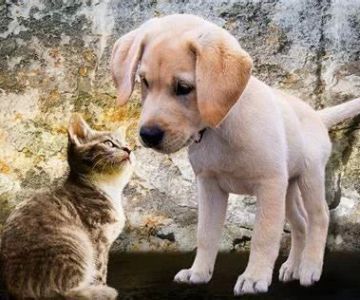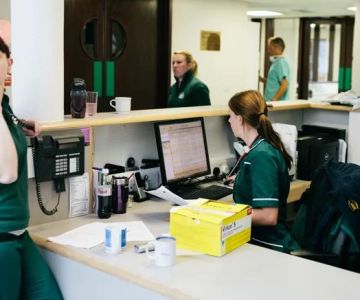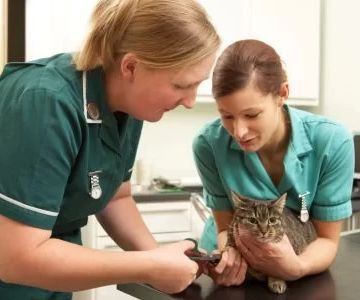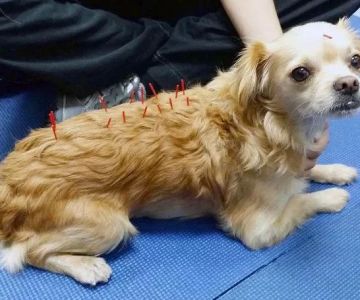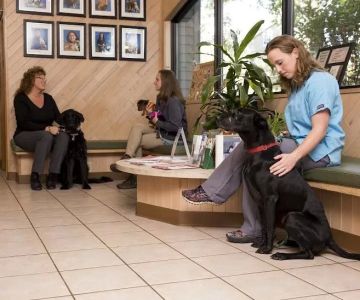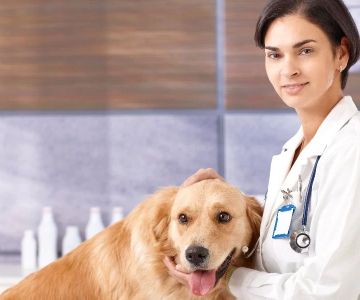- 1-Understanding-the-Anesthesia-Machine-in-Veterinary-Practice
- 2-Preparation-and-Safety-Checks-Before-Setup
- 3-Step-by-Step-Guide-to-Setting-Up-the-Anesthesia-Machine
- 4-Common-Challenges-and-How-to-Overcome-Them
- 5-Importance-of-Maintenance-and-Regular-Inspection
- 6-Case-Study-Veterinary-Success-Using-Proper-Anesthesia-Setup
- 7-Where-to-Find-Reliable-Anesthesia-Machines-for-Vets
1. Understanding the Anesthesia Machine in Veterinary Practice
The anesthesia machine is a critical device in veterinary medicine, ensuring that animals undergoing surgery or procedures receive precise and safe anesthetic delivery. Learning how to set up anesthesia machine veterinary correctly is essential to minimize risks and enhance patient outcomes.
Veterinary anesthesia machines consist of components such as gas supply, vaporizers, breathing circuits, and monitoring devices. Each part plays a role in controlling the anesthetic concentration, oxygen supply, and ventilation.
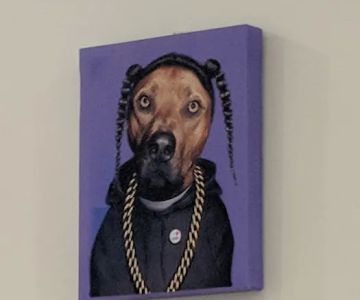
5363 Peters Creek Rd, Roanoke, VA 24019, USA
See Details2. Preparation and Safety Checks Before Setup
Before setting up the anesthesia machine, conduct thorough safety checks. Verify gas cylinder levels, inspect hoses and connectors for leaks or damage, and ensure vaporizers are filled with the correct anesthetic agent.
Also, review emergency equipment availability, such as oxygen masks and resuscitation tools. Confirm that monitoring devices are calibrated and functional to track vital signs during anesthesia.
3. Step-by-Step Guide to Setting Up the Anesthesia Machine
Step 1: Connect the oxygen supply securely to the machine and check flow meters.
Step 2: Attach and verify the vaporizer is correctly filled and installed.
Step 3: Assemble the breathing circuit, ensuring all connections are airtight.
Step 4: Test the system for leaks by occluding the patient end and pressurizing the circuit.
Step 5: Attach monitoring devices such as pulse oximeters and capnographs.
Step 6: Adjust fresh gas flow rates and vaporizer settings according to the anesthesia plan.
Following these steps ensures that the machine delivers anesthetics safely and effectively.
4. Common Challenges and How to Overcome Them
Challenges during setup include gas leaks, improper vaporizer function, or malfunctioning monitors. Troubleshooting involves regular training, adherence to manufacturer guidelines, and having backup equipment available.
Effective communication within the veterinary team enhances awareness and quick resolution of issues, ensuring patient safety.
5. Importance of Maintenance and Regular Inspection
Routine maintenance is vital for anesthesia machines. Schedule regular inspections and servicing to detect wear and tear, replace filters, and recalibrate sensors. Neglecting maintenance can lead to unsafe anesthesia delivery and costly repairs.
Proper cleaning protocols also prevent contamination and prolong equipment lifespan.
6. Case Study: Veterinary Success Using Proper Anesthesia Setup
A veterinary clinic in Texas recently documented a successful complex surgery on a senior dog, thanks to meticulous anesthesia machine setup. The team’s attention to detail in following setup protocols from gas supply to monitoring prevented complications and ensured a smooth recovery. This case underscores the life-saving importance of mastering how to set up anesthesia machine veterinary correctly.
7. Where to Find Reliable Anesthesia Machines for Vets
Veterinarians looking to invest in quality anesthesia machines can explore specialized medical equipment suppliers. Trusted providers offer machines with advanced safety features and customizable options. Purchasing from reputable vendors ensures warranty coverage and access to technical support.
For expert recommendations and product reviews, visit our website where we curate the best anesthesia machines tailored for veterinary professionals.
Mastering how to set up anesthesia machine veterinary is a fundamental skill that enhances surgical outcomes and patient safety. Investing time in learning and maintaining this equipment pays dividends in your veterinary practice.

